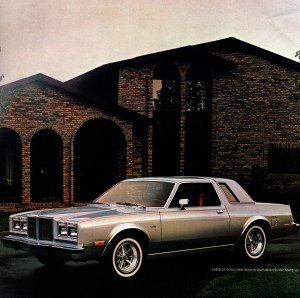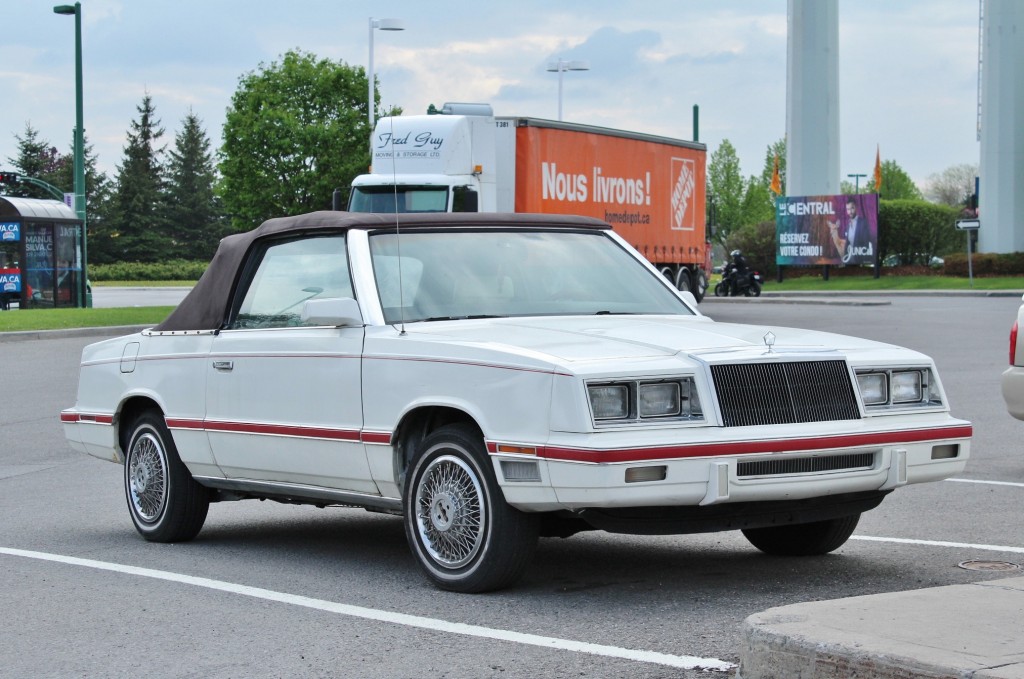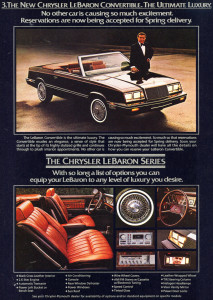The so-called Malaise Era – the turbulent 10 years from (roughly) 1973 to 1983 – brought us many automotive gems.
Who can forget that heady time when a 460 cubic inch Lincoln V-8 (7.5 litres) managed to wheeze out a paltry 190 horsepower?
Or when automakers began crash-diving the displacement of their already detuned V8’s to satisfy federal regulators? (Ford’s 255 Windsor, GM’s 267 small-block)
What about those hackneyed attempts at downsizing that still flaunted all the trappings of big car luxury? (Landau tops, opera windows, retractable headlights, velour, velour, velour)
In addition to smog-choked land yachts, the Malaise Era also brought us leisure suits, wide lapels, disco, and Three’s Company. Obviously, we owe it a debt of remembrance, if only to say ‘never again’.
Horsepower values reached their deepest trough in 1981, the same year gas prices and interest rates skyrocketed to their tallest postwar peak. No automaker was struggling more than Chrysler at that time, and besides the new K-car (which ultimately saved the company) malaise wasn’t hard to find in the showroom.
A great example of this is the 1981 Chrysler LeBaron Special – a Chrysler with all the trappings of a low-end Plymouth. To squeeze every last sale out of its lineup, Chrysler fielded a bare bones version of the M-body LeBaron (1980-1981), touting its value and affordable status.
With a venerable (but emissions strangled) 225 cubic inch Slant Six under the hood making a pulse-pounding 85 horsepower, the 3,368 pound sedan could rocket to 60 mph in 18.8 seconds, just slightly less than eternity. A trusty 3-speed Torqueflite automatic rounded out the drivetrain.
Inside, luxurious vinyl bench seats whispered “cop car” or “fleet rental” into the driver’s ear, but the happy motorist was probably too busy enjoying his or her standard power brakes.
Outside the vehicle, the costly vinyl roof and wire wheel hubcaps seen on higher end versions were substituted for bare metal and pie plates.
Yes, this was indeed a base Dodge Diplomat with LeBaron front and rear fascias, but desperate times call for desperate measures.
The M-body LeBaron and its stripper base model didn’t last long, though. After ’81, the name was applied to a new front-wheel-drive, K-car based model, while the rear-drive M-body platform carried the upscale New Yorker model until 1989.





